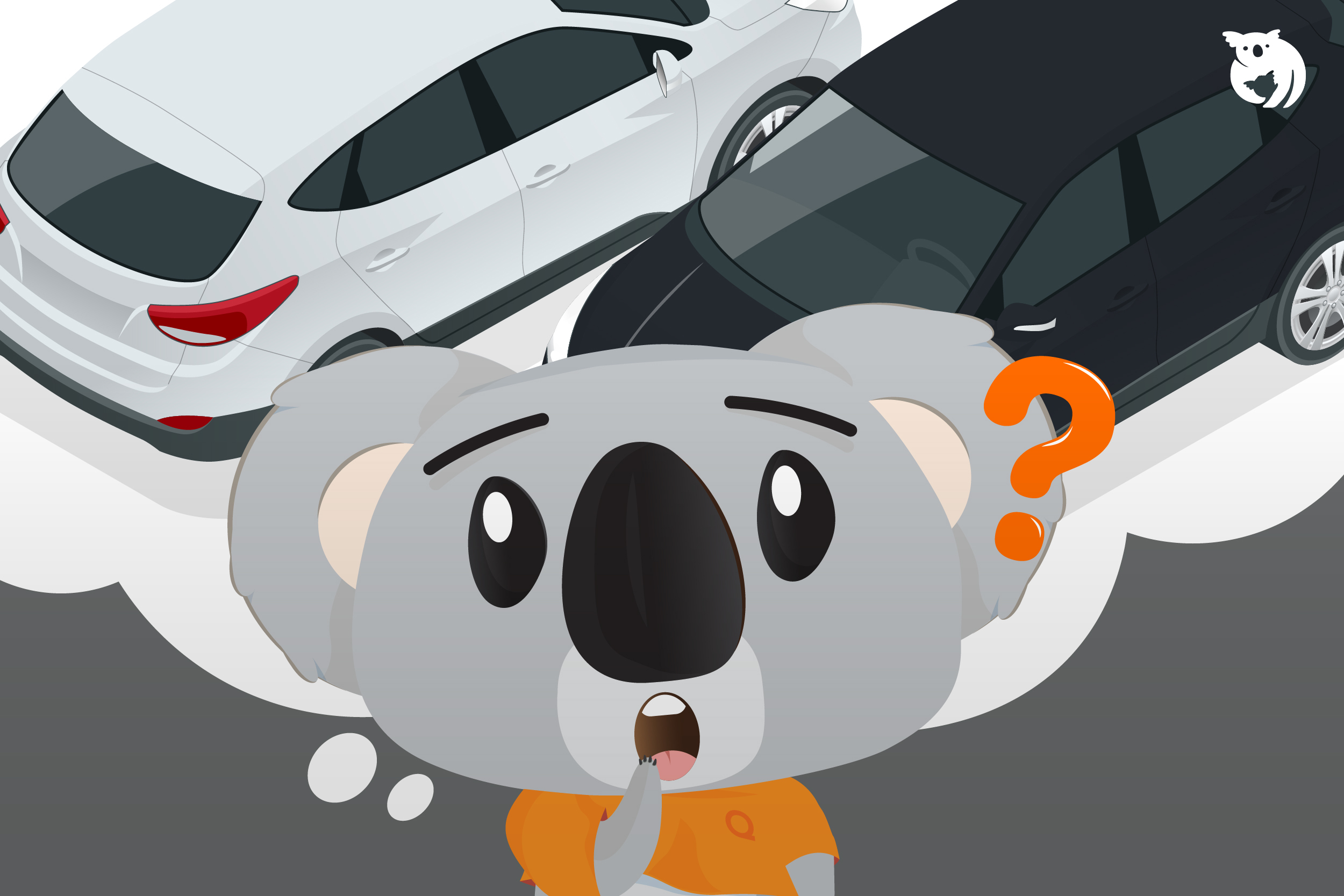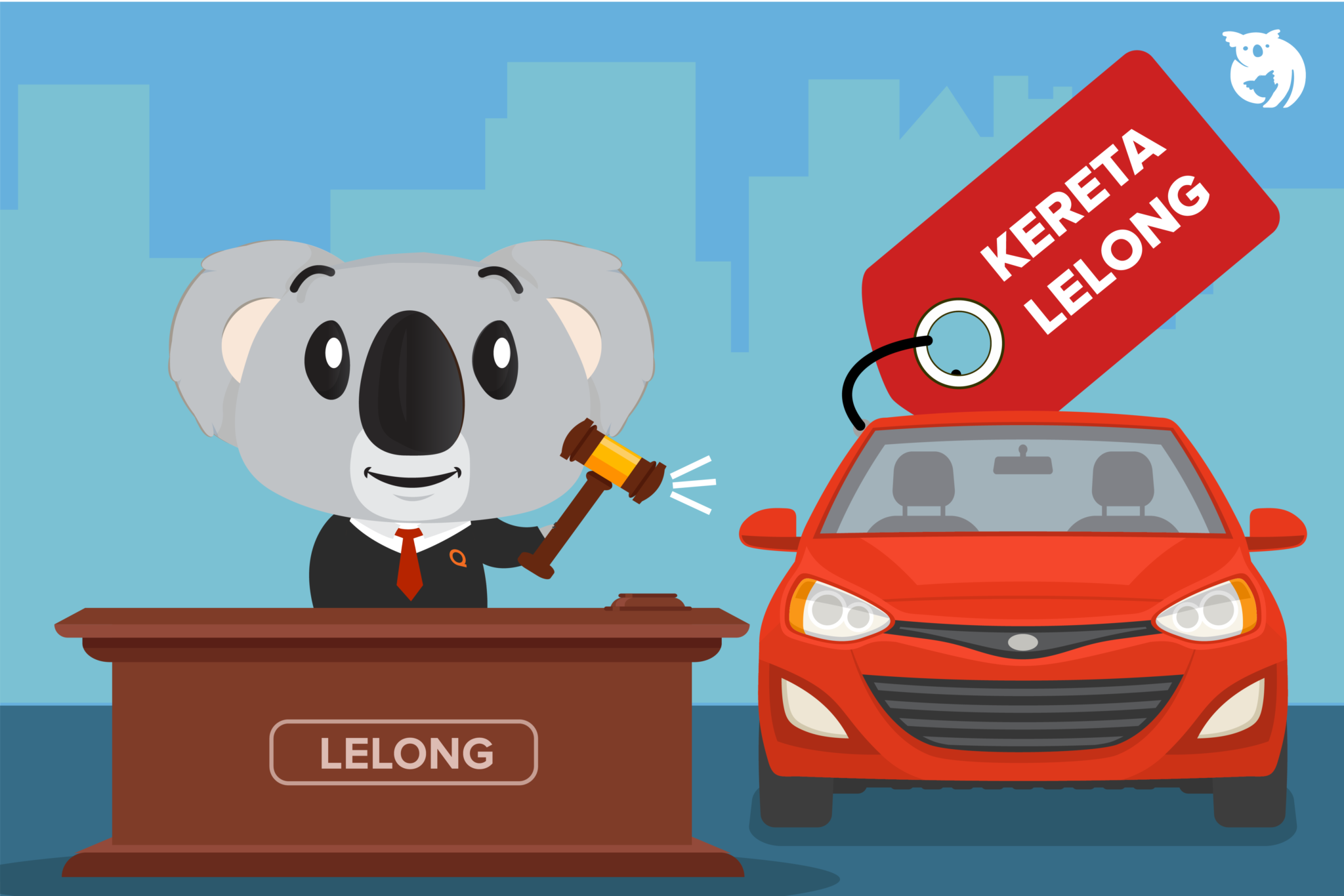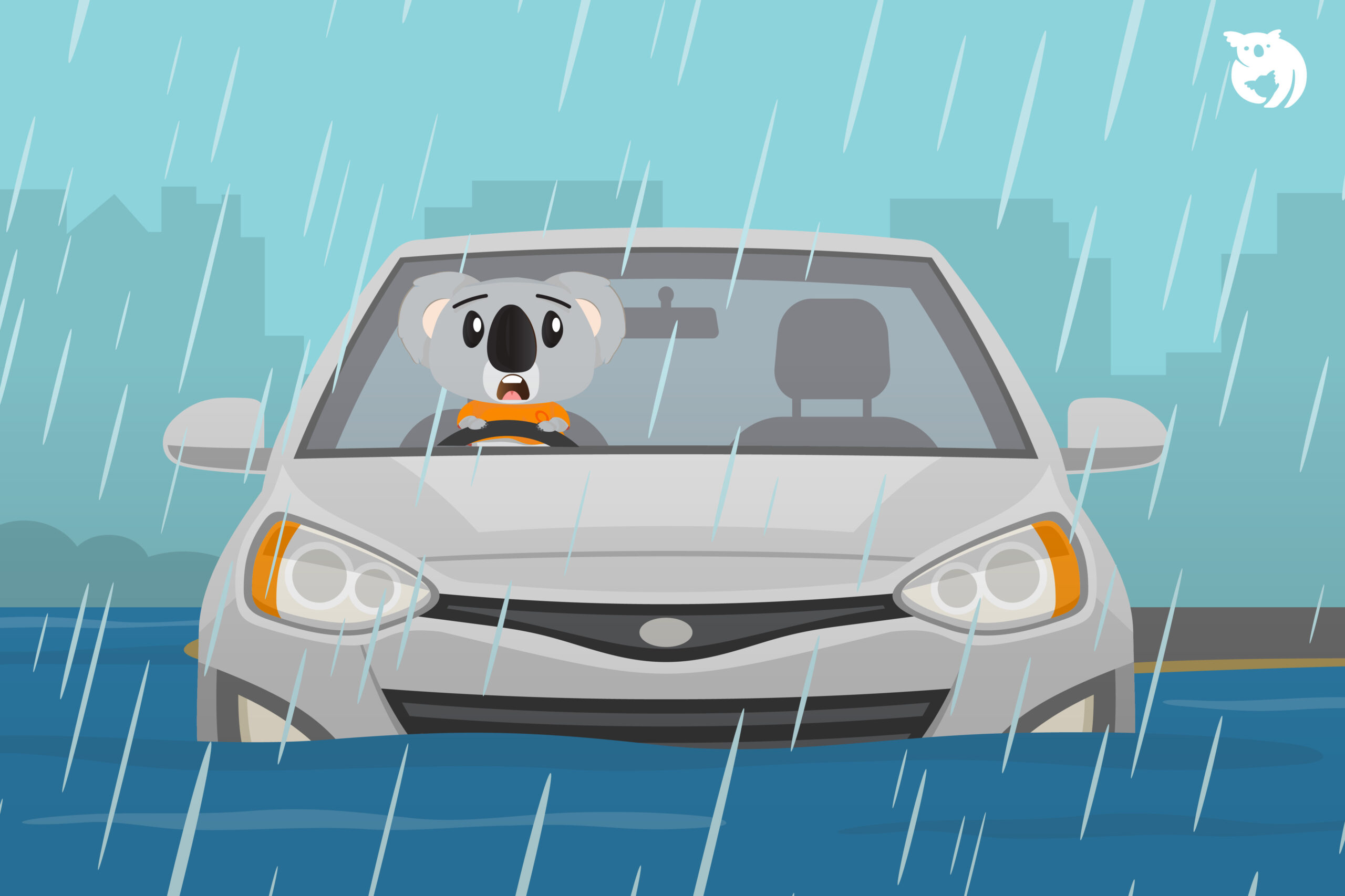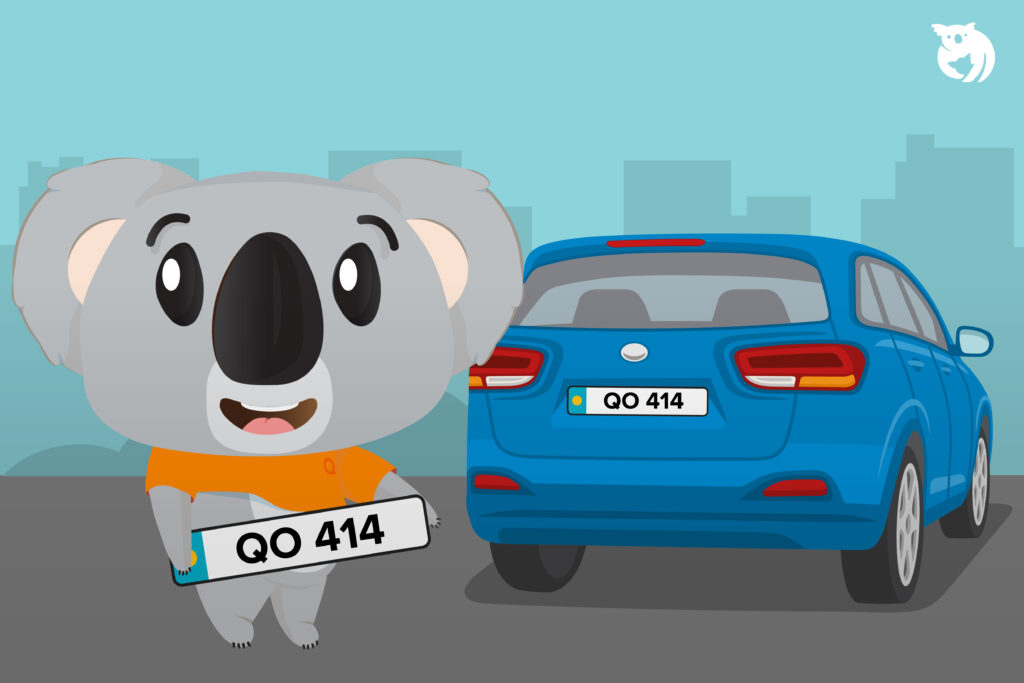Buying a used car is easy nowadays, but if you don’t buy it without thorough inspection, it can bring a heavy burden in the long run. Various aspects need to be considered before buying a used car. For example, monthly payments, additional costs, maintenance costs, and so on.
Before Spending Money on Buying a Used Car, Do This
Cars, whether used or new, have become a necessity for many people in modern times. However, owning a car requires a high expenditure. Due to the need for a car, especially for those who live far from public transportation, many choose to buy used cars because they are cheaper than new ones.
Buying a used car is not an easy task. You need to check various aspects to get the best car, not only in terms of the car’s performance but also including other costs.
1. Set a Budget
Setting a budget that suits your capabilities is the first thing you need to do when buying a used car. Whether setting a budget for a used car below RM50,000 or in terms of affordable monthly loan payments. For example, monthly payments ranging from RM300 to RM500 per month with a repayment period of up to five years. It depends on your monthly commitment.
2. Limit the Production Year to 5 Years or Below
One of the reasons many people buy used cars is because they are cheaper than new cars. However, despite being cheaper, you need to choose a car with a production year limit of 5 years or below. This is because when a car is too old, it may bring excessive burdens to you.
An excessively old car will deteriorate quickly, and you will end up spending money to repair it. Therefore, you need to narrow down your car choices based on the production year, up to 5 years. There may be cars that are older than 5 years but still in good condition. However, it is a risk that we want to avoid.
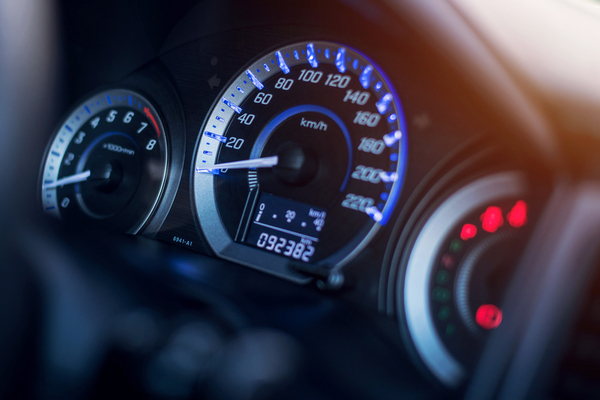
3. Check the Mileage
For your information, the higher the mileage of a car, the lower its resale value. One of the guidelines for buying a used car is to check the mileage of the car. Make sure to choose a car with low or moderate mileage.
Recently, there has been a viral incident on social media about a workshop offering mileage modification services. This is an illegal action. So for those of you who are interested in buying a car, how can you easily know if the mileage of the car has been altered?
Tips to Check the Mileage
Here are some tips you should know about checking mileage:
Maintenance Records
One of the things you can check is the maintenance records. With these records, you can determine whether the used car has been serviced on time or not. Moreover, you can find out if anything has been replaced or changed, such as fluids and coolants, or even recalls.
Maintenance records also display the mileage history. So, you can compare it with the car’s odometer reading. If the mileage in the records is higher than the odometer reading, it’s certain that the mileage has been altered.
Worn-out Components
In general, every car component has its own lifespan. However, it depends on driving habits and the maintenance of the used car. For example, spark plugs usually last up to 100,000 km. So, if you buy a car with an odometer reading of 50,000 km but it already needs new spark plugs, forget it because there is definitely something wrong with the car.
4. Check the Exterior of the Car
You are advised to inspect and check the car during daylight hours as sunlight reflection can help you assess the condition of the car’s body. Minor scratches, wear and tear are acceptable since it is a used car.
In this situation, you need to check if the car’s body has uneven gaps on the body panels based on the reflection. If the used car has uneven gaps, it is a sign that the car has been involved in a car accident.
Furthermore, it is advisable to avoid used cars with rust spots. You can look for rust spots commonly found along the roof, around the engine area, wheel arches, and under the floor carpet.
5. Check the Car’s Interior
Important interior features such as the air conditioning system are crucial to inspect. In Malaysia’s hot weather, a properly functioning air conditioning system is a priority. You should ensure that the air conditioning in the used car does not emit a foul odor and does not make strange noises when the engine is turned on. If you do not carefully check the air conditioning system, you may end up spending a lot of money on costly repairs.
Additionally, other interior features that need to be checked include power windows, signal buttons, wipers, hazard lights, panel lights, cabin lights, key system, and audio system. You should not skip this inspection process, especially for cars equipped with electronic features like a complete infotainment system with a touch screen.
Another inspection you can perform is to check for signs of mold or moisture. If present, it indicates water leakage in the car that may be difficult to fix. Pull up the floor carpet and feel for any damp spots on the floor, trunk, and seats. Water leakage along the doors can also be a sign that the car has been involved in a serious accident that cannot be repaired.
6. Check the Car Engine
A valuable car is useless if the engine is not in good condition. That’s why you need to inspect the engine of the used car you want to buy.
Used Car Engine Inspection
Here is a guide for inspecting a used car engine that you can follow:
Match the Information on the Registration Document with the Car
Important information that you can check on the registration document includes the chassis number and engine number. Ensure that they match the numbers on the car. If they don’t match, it is likely that the car’s engine head has been replaced. Usually, the previous engine has been damaged and fully replaced.
Start the Engine When It’s Cold
Ask the seller for permission to start the used car’s engine. This is to check whether the engine is in good condition because the car will have different reactions when it’s cold or hot. Generally, a cold engine is difficult to start. A car suitable for Malaysia’s weather should have no problem starting.
However, if the car’s engine is difficult to start, it may indicate problems such as:
-
- Faulty starter fuse;
- Faulty starter relay;
- Weak battery;
- Dead battery or weak battery in the transponder key;
- Faulty fuel pump;
- Clogged oil filter;
- Loose or damaged spark plug.
Check the Engine Compartment When It’s Running
If the engine shakes excessively when the car is started, it may be due to improper engine mountings. Use a flashlight and carefully inspect the engine compartment for any leaks and listen for any unusual sounds.
Inspect the Exhaust Smoke
If the used car emits bluish smoke from the exhaust, it indicates that the car is burning engine oil. It may be caused by worn piston rings, worn valve seals, or a damaged head gasket. If the exhaust emits white smoke, it is also a bad sign. It may indicate a leak in the head gasket.
Start the Engine Without Moving the Car
The high idle speed of the engine is around 1,500 rpm. Wait until the engine is warm enough to see the basic idle speed.
Continuous high idle speed may be caused by issues with the airflow entering the engine or problems with the idle air control valve when the car is stationary. The standard idle speed is around 1,000 rpm. Usually, the recommended idle speed is indicated on a sticker under the engine hood.
Unstable idle speed may indicate a failure in the Mass Air Flow (MAF) sensor. Smaller engines (3 cylinders) might rev higher initially but will decrease to the appropriate idle speed after a while. The idle speed is controlled by the idle air control valve.
Check the Radiator Fan
The radiator is an important component in the maintenance of a used car’s engine as it is part of the car’s cooling system. The fan usually operates when the water temperature reaches 87-89 degrees Celsius. If it doesn’t turn on, it could be due to a faulty fan motor or fan motor relay.
Turn Off the Engine and Check the Engine Oil
To check the engine oil, ensure that the car is parked on a level surface. If not, some leaks might be harder to detect. Inspect the underside of the car for any leaks. Using a simple tool, you can check the color, texture, and fluid levels of the car’s fluids.
Also, check the engine oil cap and dipstick. Ensure that the oil level is between the minimum and maximum marks. If it’s below the minimum mark, the engine oil is insufficient. If it’s above the maximum mark, it could indicate an attempt to hide an engine oil leak.
7. Test Drive the Used Car
You have the right to test drive the chosen used car. Inform the seller that you want to do a test drive. Test driving is important to gain confidence in buying the used car.
During the test drive, follow these steps:
- Slowly apply the brakes and also perform an emergency brake. Pay attention to any unusual sounds while braking;
- Test the steering wheel during turns (sharp turns or regular turns). Identify if there are any unusual sounds while turning or rotating the steering wheel;
- Perform the test drive in an area with uneven terrain to identify any unusual sounds coming from the car components;
- Drive at various speeds to test for wind noise, engine vibrations, steering, and suspension system sounds;
- Test the car’s gears – if it’s a manual transmission (gears 1-5/6), and if it’s an automatic transmission, shift to gears D4, D3, or D2, including R. Make sure the gears move smoothly without any jerking or hesitation.

In conclusion, you need to be cautious when buying a used or reconditioned car. A cheap price should not be the sole determining factor in your purchase decision. Various aspects need to be considered. This is because if the used car has multiple issues, it will have a negative impact on you. Not only will it cost you money to repair, but you will also be exposed to the risk of accidents when the car malfunctions.
Fortunately, there is car insurance that can provide protection for your car in case of emergencies. Don’t know where to renew your car insurance? Just renew it with Qoala. Easy and fast!

 EN
EN
 MY
MY

